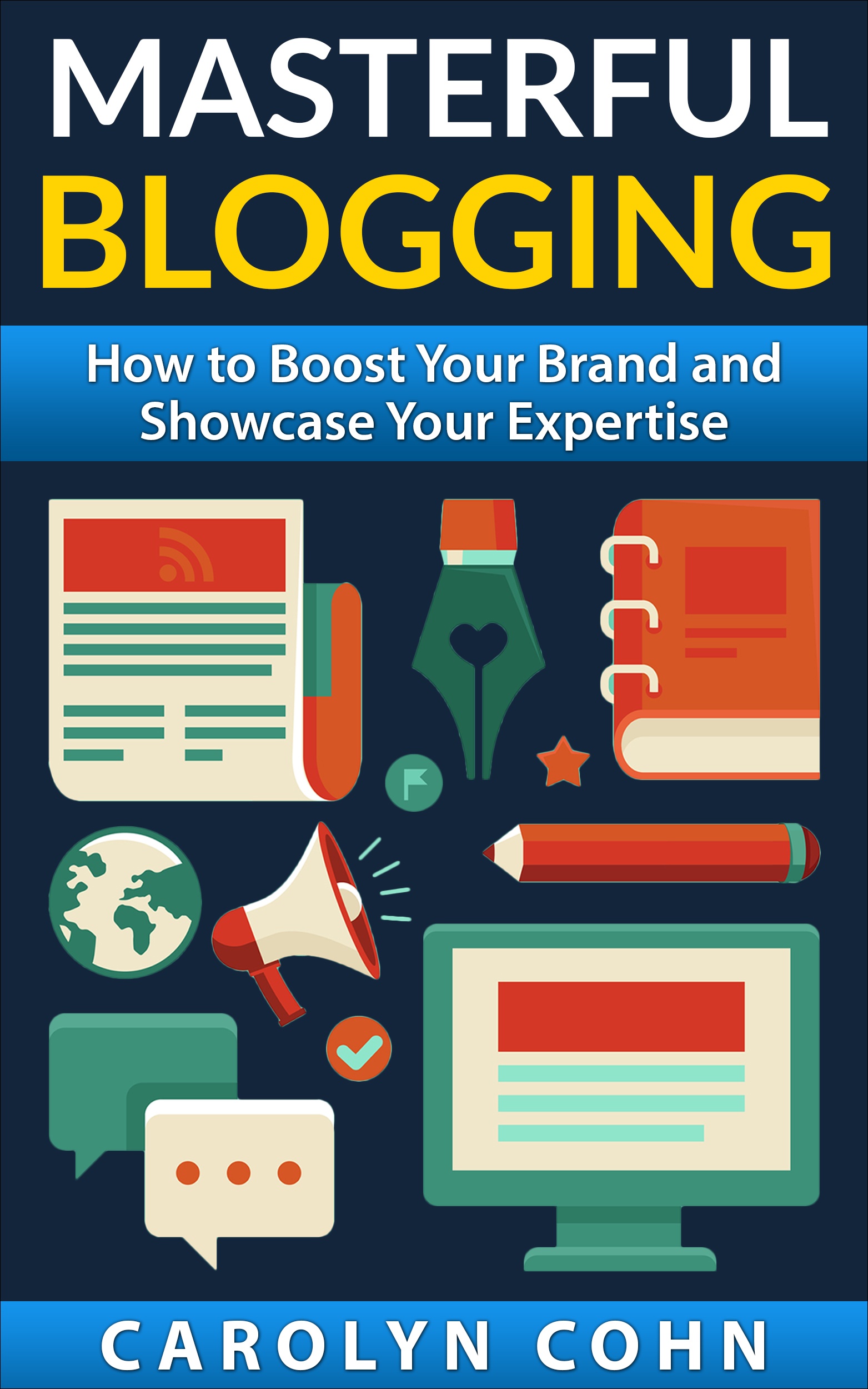Content Curation Ideas and Tips for Your Brand

Content curation is a tool that is used by many people. However, there are those business people who don’t believe that you should post anything except original content. There are certainly varying opinions and if you decide that content creation should be a part of your strategy, there are many helpful tips and ideas out there that you can use to bring your business to the next level.
How instrumental is content curation in helping your brand to succeed?
Before you accept or reject content curation, it is very important that you have a solid understanding of what you are accepting or rejecting. First of all, you will want to wrap your mind around what content curation is and how it can help your business. If you think about content curation (and you the content curator) just like you would think about curation of artwork in a museum, you may be able to grasp the concept easily. In other words, as the curator, it is your job to discover the gems that deserve to be adored by many people. From the other side, those other people also deserve to experience the wonderful gems and those gems will serve to enhance their offerings and to intensify their relationships with other people. In many ways, you would treat curated content exactly as you would treat original content. However, there are some minor differences about which you should be aware. If you put them into practice, they will work well for you and for your business.
Put calls-to-action to work
Many people understand the importance and the power of a great call-to-action. On the other hand, there are those people who don’t really understand how amazing a great call-to-action can be for your business. It can really help you to achieve your marketing goals and, just when you had no idea how you should go about getting people to notice what you are doing and to want to reach out and interact with you, all great call-to-action can make it happen for you with very little effort put forth. You can take your call-to-action and integrate it into the commentary that you will be sharing on someone else’s ideas (that is a part of what content curation is all about). This will enable you to contextualize your call-to-action and your ideas properly. It is very important that you remember to ensure that every call-to-action has an objective that you can measure, always keep in mind pertinent details like where your target audience is geographically located, and keep your call-to-action as clear and concise as possible.
Gathering metrics
Gathering analytics is extremely important, in fact, it is critical to your business’s success. You should pay special attention to several different aspects of the content, including:
-
How visually engaging your content is: There are several things that you can do to attract visitors, such as using a visual element to make your content attractive. However, it is important for you to remember to use visual images that you choose. It is not a good idea to reuse the graphics that were already a part of the content. Those images will detract from the impact that your post will have on the readers. You need to be persistent with the images that you choose and the concept of adding them to your content. People will start to look forward tot hat very quickly.
-
Be as efficient as possible: You should try to be as efficient as possible. The more efficient you manage to become, the more top-quality content you will be able to post. Try to curate content as a regular part of your strategy and you will be surprised at how easy it will become for you.
-
Track valuable information as much as possible: It is very important for you to get as accurate a sense of how your curated content is doing as you can. Of course, it goes without saying that you should choose content topics that are of interest to your target audience. After all, remember that it is for your audience that you are doing all this. Your objective is to solve their problems.
Conclusion
If you follow the advice that was offered here, you will be on your way to increasing the number of target audience members with whom you interact and you will see very positive results in your business. Through your content, you will become more and more credible and you will instill confidence and trust in the other person. When it comes to content curation, it is essential that you understand why content curation will help to advance your business. It is a powerful tool and you need to make sure that you use it most effectively. The fact is that most businesses today rely on content marketing to make it to the next level. Of course, that means that content must be generated. By using a combination of curated and original content, you are paving your way to the most easily obtained success for your business.
We are pleased to provide you with the insightful comments contained herein. For a complimentary assessment of your online presence, let’s have coffee.



Via LinkedIn Groups
Group: Chief Marketing Officer (CMO) Network – #1 Group for CMOs
Discussion: How Do You Curate Content?
Even prolific content creators need to curate content. Find the stuff that validates your POV and share it alongside your first party goods. It is more powerful than anything you can write yourself, coming from another persons pen.
By Mark Ogne
Via LinkedIn Groups
Group: Chief Marketing Officer (CMO) Network – #1 Group for CMOs
Discussion: How Do You Curate Content?
POV validation is great, but it’s not really just about regurgitation. You should plan to spend at least an hour on each curated piece to augment it with your own interesting angle, a picture, SEO, etc. We have found curation to be an effective traffic generator for us and our clients. Our newsletter is all curated. We also get a lot of organic traffic from curated content.
Our content team uses Rockthedeadline.com as the curation software to make it much easier.
By Kim Loyd
Via LinkedIn Groups
Group: Chief Marketing Officer (CMO) Network – #1 Group for CMOs
Discussion: How Do You Curate Content?
Most credible content often comes from subject matter experts, like product specialists, executives, founders, etc. However many of them are not writers and are typically short on time.
Content curation tools help us addressing these issues. We use ExpressCurate (www.expresscurate.com) to enable our subject matter experts curate content as they come across interesting articles they feel passionate about.
EpxressCurate lets us create a draft from the browser (Chrome), then we edit and finalize these posts — either internally or using Scribendi service (www.scribendi.com).
By Gary Sevounts
Via LinkedIn Groups
Group: Chief Marketing Officer (CMO) Network – #1 Group for CMOs
Discussion: How Do You Curate Content?
I find that the most successful content curators are those who possess a clear and strategic vision for how content will help their business, but can align and execute that content from the customer’s POV. What seems to work best is a content strategy that is focused in a long term direction (such as reinforcing your company’s value proposition or purpose over time) but is also flexible enough to be relevant in small, meaningful, everyday ways. Whether its 100 percent original content, or aggregated content from both inside and outside resources, doesn’t really seem to matter. What matters most is that you choose wisely, and connect emotionally with your audience. Don’t sell them, don’t try to convert them, don’t talk when there’s nothing important to convey. As long as you are setting your content strategy up to align with and reflect your audience’s priorities, values and interests, you’ll be OK.
By Cindy Montgomery
Via LinkedIn Groups
Group: Small Business Web
Discussion: How Do You Curate Content?
Don’t forget that there are curation best practices that should be followed, lest you get into copyright violations.
Curata is a great platform for curation on a large scale, and they offer free downloads of best practices that we follow at Marketing Partners.
By David J Dunworth
Via LinkedIn Groups
Group: Small Business Web
Discussion: How Do You Curate Content?
I think the most important “concept” to know about content curation is that you can’t just include those “little gems” you find on your site without getting permission from the original author or creator. As David says above, you need to avoid copyright violations.
By Janet Attard
Via LinkedIn Groups
Group: Small Business Web
Discussion: How Do You Curate Content?
I don’t. Mostly because everything “curate-able” is easily found by my target buyer. I focus my energy on creating content that isn’t available to my buyer… and that they desperately need. I’m not saying “don’t do it.” I’m simply suggesting it may be a total waste of your time to find, assemble, promote and distribute information your target buyer already has or can easily acquire through a Google search.
By Jeff Molander
Via LinkedIn Groups
Group: Small Business Web
Discussion: How Do You Curate Content?
Jeff,
It sounds like you’re talking about creating content, instead of “curating” it. And if so, I agree with you 100%. The problem on the web is that the way many entities “curate” content is by copying it without permission from websites. An alternate, equally egregious method: using article “writing” software to scrape paragraphs or sentences from websites and then stringing those together to make “new” articles.
By Janet Attard
Via LinkedIn Groups
Group: Small Business Web
Discussion: How Do You Curate Content?
Indeed, Janet. Oof, yes. Trouble with that (from my/our?) vantage point is this: How much time do we have to be chasing down violations? We certainly can use technology to help us find them but at some point we need to spend time/$ on cease-and-desist letters, follow-ups and then there’s the lawyer letters and occasionally suits. Also, at some point it’s difficult to separate copywrite damages from actual $ damages (proving!). Right?
By Jeff Molander
Via LinkedIn Groups
Group: Small Business Web
Discussion: How Do You Curate Content?
Yes, you’re right, Jeff. That’s why I made my comment. And chasing down all the violators can be a pain. I just found one the other day that copied virtually all of an article I wrote, made a few minor changes and additions, and then posted it here on LinkedIn Pulse under their name. So, I’ll have to find time hunt around to find a link for filing a DCMA report here, unfortunately.
Too bad services like LinkedIn can’t interface with Copyscape to automatically check files and prevent the worst of the copyright offenders from posting blatant copyright violations on the service.
By Janet Attard
Via LinkedIn Groups
Group: Small Business Web
Discussion: How Do You Curate Content?
What seems to be lacking in this thread is the fact that curating content is not a replacement for creating engaging compelling content. Any content strategy should include “curated content” (properly crafted curated content) as a multiple pronged weapon of choice. First, if you wish to become known as a thought leader, showcasing highly respected “curated bits” such as quotes, excerpts or short examples to prove a point, it helps let others know you are a well-read authority. Secondly, properly curated content IS NOT REPRINTING someone else’s work and giving them credit either. Thirdly, should you use curated content within your overall content strategy, it should not be a mix any greater than 70/30 or 60/40 at worst case, the smaller number being curated content.
There is a science to curating content, not just art. Every article written has a unique headline, and every article should be unique content, with the exception of a small amount of “curated” content to either back up your point, reinforce an opinion, or even showcase an opposing view.
The key to understanding curated content is to know what it really means. Most people curating content are unaware they are doing it wrong. Lean on Curata if you want to learn effective curation. I used to use the enterprise package at $1000 a month. You had better believe I used it properly for my clients.
By David J Dunworth
Via LinkedIn Groups
Group: Small Business Web
Discussion: How Do You Curate Content?
For me personally, I prefer to create my own articles and share personal experiences and insights. I agree that you need to show that you are in touch with the latest thinking, key thinkers within the industry and I do that through my other social media feeds – Twitter, FB and Google+. I feel that this provides a nice balance and allows me to get creative once in a while!
By Donna Williams